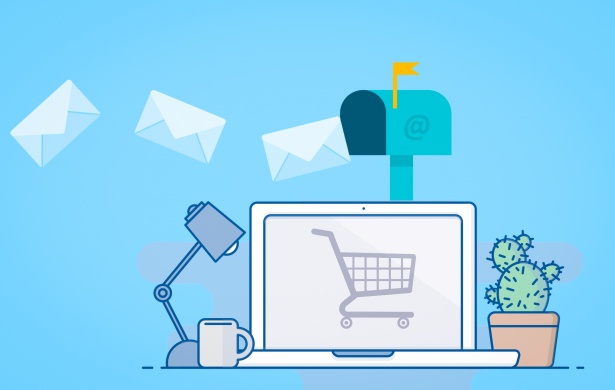When California-based marketing software company, Marketo, conducted a survey in US, UK, France, Germany, and Australia in 2015, the results placed beyond any doubt the need for a change in marketing strategy. Random generic messages simply didn’t work for more than 63 percent out of 2200 people that took time to say what they find annoying about existing marketing approach. The survey showed that clients prefer to receive ads according to their overall interaction with multiple channels, not based on activities on a single platform such as Facebook, Google or any other isolated channel. It is clear that with so many products and services that offer high level of personalization, the customers are placing high levels of standard in personalizing content no matter where it comes from. This call was widely heard and statistics show that 92 percent of marketers admit they apply some form of personalization, with almost three thirds deploying their messages via email.
The backbone of hyper personalized marketing, a marketing strategy that relies on gathering data all the time from every place, consists of six main components, each adding its own value to the whole enterprise.
Data component
In order to hit the target persona with each message sent, marketers should actively work on gathering as much data as possible from all platforms. Data should consist of user interaction with the brand in order to craft the best possible solution for each persona individually. Additionally, data management is required in order to sort the data and remove outdated or irrelevant data. Lead scoring is in direct correlation with data, according to Eloqua, in order for lead scoring to be effective the data needs to be clean. Ultimately, data gathering seems to run smooth with the Millennial consumer generation, according to Salesforce. According to their research, around 63 percent of Millennials would gladly give their data in return for more personalized advertisement content.
Messages
With user data all in one place and arranged it is easy to generate hyper personalized messages for individual receivers. Each message containing specific offer or content that appeals to recipient’s needs. This component reduces the risk of sending materials that are not valuable or interesting to the potential client, thus improving the chances for sale. Per example, if a company is promoting a product that costs $450, the information from the data base allows insight into the list of leads that often buy that type of products at a $400-$500 range.
Personalized offers
According to previously mentioned Marketo survey it is estimated that 75 percent of consumers are more likely to take on offer that is personalized in that way so it depicts prospect’s most recent engagement with the brand. A good example how this aspect of hyper personalization works is famous coffee shop, Starbucks. What this company did is implement A.I. to generate push messages and send recommendations and offers to recipients using live data. The system is able to create 400 thousand unique offers, each based on users’ past purchases, activities, and preferences.
Multichannel approach
A study conducted by Advertising Research Foundation revealed that brands would have higher ROI (Return Of Investments) if they decide to channel their advertisement through multiple platforms. The study shows that a 19 percent grow in ROI can be expected if a brand conducts marketing on two platforms instead of one. Furthermore, the number grows higher, reaching up to 35 percent for brands that decide to channel their content through five different platforms. Continuous personalization through multiple channels can increase total consumer spending up to extraordinary 500 percent, according to statistics.
Perfect timing
Timing is everything in almost any business or endeavor. Contextual data can help figure out “hows” and “whys” of visitor’s interaction with a certain brand. However, through introduction of predictive algorithms it is possible to determine when is the best time to send a certain offer to a potential client. Moreover, hyper personalization influences the rate of “first call resolutions” as real-time collected data cuts down the time to process the client’s issue. This benefits not only clients but the company as well, because more clients are available to process this way.
Testing
It is difficult to understand which part of the content is the most compelling. However, usability and multivariate testing allow easier way to determine the effectiveness of each part of the component. Not only that, the tests could also compare each part of content individually and in various combinations to determine which combination shows the best results, which is more potent than simple A/B testing. Systematical live testing with actual visitors allows fully effective personalization at scale. Finally, the testing should be performed as often as possible in order to refine the content. All the time, content should go through adjustment process using the test results as pointers.
Final words
Harsh competition and the need to cut expenses gave birth to hyper personalized marketing strategy. Through time, companies embraced the benefits of such an innovative and proactive marketing approach that over 92 percent of companies use hyper personalization as their weapon of choice in the marketing jungle. The benefits are vast and quickly visible; the return of investments is significantly higher, the customer retention is improved, time is saved, etc. All these benefits consequently lead towards higher revenue, which is the core reason for any marketing campaign. Nearly half of interviewed marketers plan to increase their personalization budget for the next year, which is a clear signal how effective is this type of marketing strategy.















